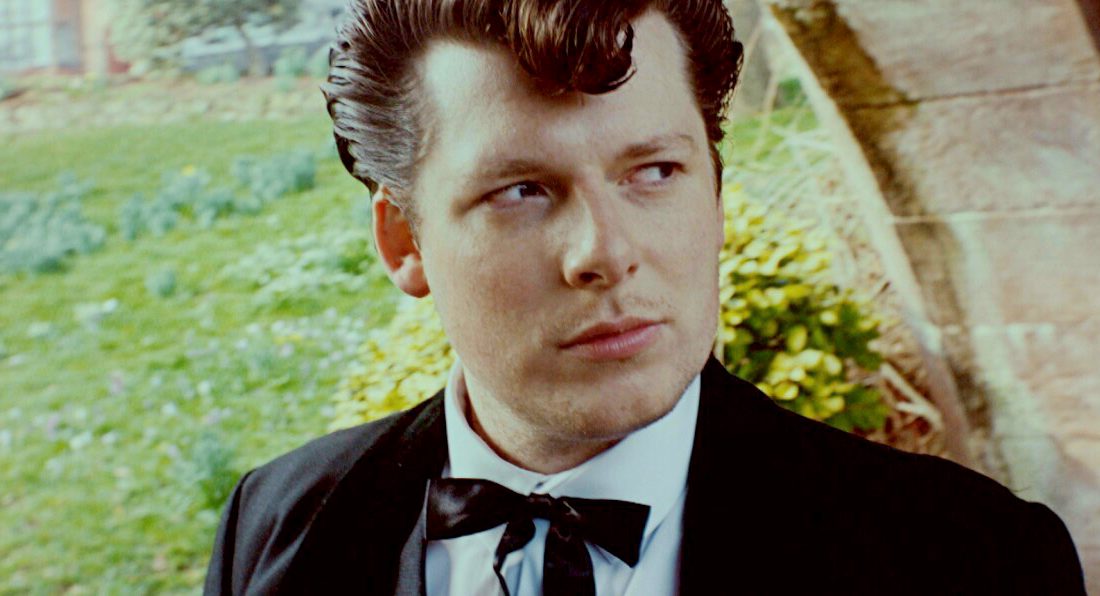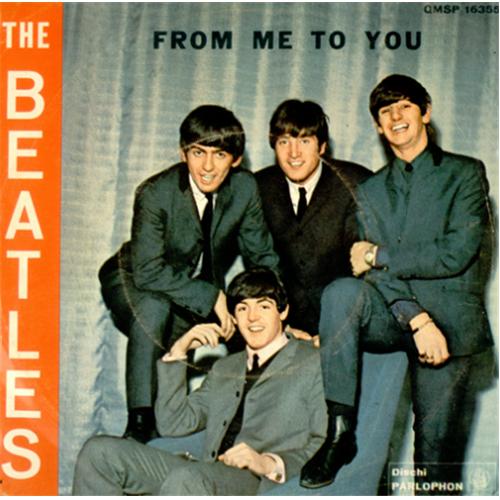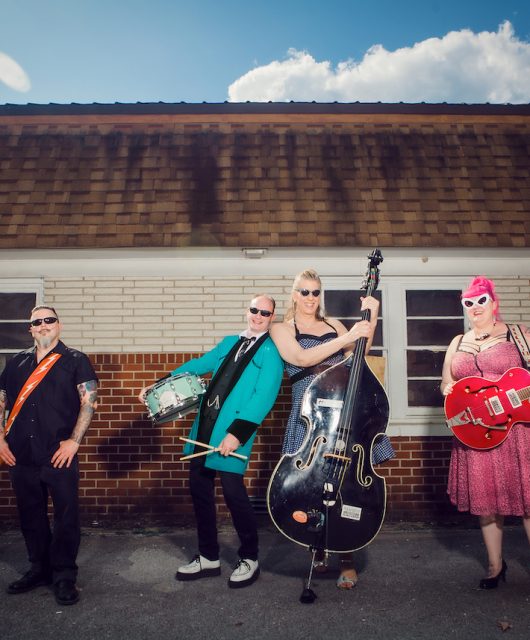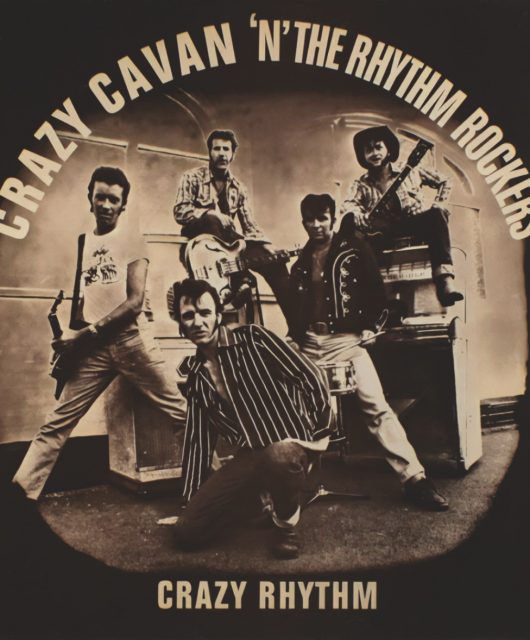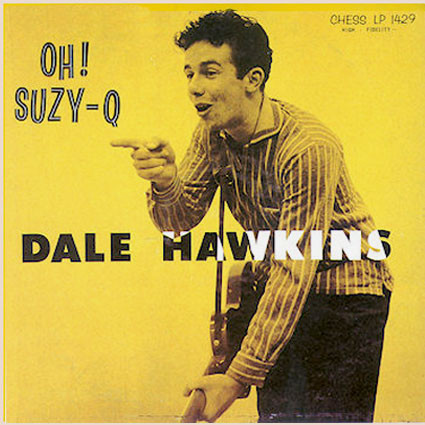We met the maker of a stylish new film about the life of a Teddy Boy in the 1950s – Dandilicious. By Douglas McPherson
Forty years ago, the film Quadrophenia ignited a revival of interest in the mod fashions of the 1960s. Now, a stylish new independent movie is to put the spotlight on the drape suits and quiffs of an earlier British youth cult: the Teddy Boys.
“The Teds were the first anti-establishment youth movement in this country and vitally important to the youth of today,” says Andrew Games, the writer, director, producer and star of Dandilicious.
“In post-war Britain everything was grey and gloomy. As far as most people were concerned, there was no future. But these teenagers said, ‘No, we’re not going to sit on our hands, we’re going to make some noise. We’re going to show that the youth is just as important as the elders. Our voices matter and we should be heard.’
“That message has carried on throughout the decades, through other subcultures such as the mods, the rockers and the punks, and it’s all because of the Teds.”
Set in 1959, the film centres on Marty, the self-proclaimed King of the Teds and his battles with the emerging subculture of leather-clad rockers.
“It’s a stylised neo-western,” says Games, “inspired by the spaghetti westerns or the Guy Ritchie movies where the characters are larger than life.”
Games originally trained as a professional wrestler before a back injury prompted a change of career to acting.
“I was a theatre actor from 2008 to 2014,” he recalls, “Then when I started to transition into television and film I started to gain knowledge of the different roles in filmmaking: the acting, directing, producing, lighting and even marketing.”
He combined all those roles in his first short film, Diary Of An Aryan Girl in which he played an SS officer. The film won an award as a ‘Recognised Film of Distinction’ at Europe’s Short Film Connection, and paved the way for Dandilicious, his first feature-length project.
“In my ignorance, I assumed that the Teddy Boy culture no longer existed,” Games admits. “But I started to discover an underground network of people both young and old who have kept it alive. I started doing my research, going to rock’n’roll events and listening to the stories of Teds from the 50s and 70s, and younger Teds, too, and how they fitted into that scene.
“I’ve always thought yesteryear is more interesting than this year and so I wanted to go back in time and explore something that’s not really been explored through art or other mediums.”
Games had to bulk up to play the pugnacious Marty.
“Before we started filming, I was playing Pete Best, the fifth Beatle, in a play called BestBeat. I was a lot leaner and when I looked in the mirror I realised there wasn’t something quite right about my figure. I felt like Marty needed a few more pounds and to be a bit stocky.”
As for Marty’s elaborate hairdo: “The elephant trunk is the most difficult hairstyle I’ve ever experimented with. It took about an hour and a half on each shooting day. It looks amazing for about five minutes and then it falls apart, so I had to have hairspray on set at all times. It was a pain in the backside, but looks amazing.”
Donning a drape coat helped him fully transition into the part.
“When you put the drape on, suddenly there’s this weight on your shoulders and the weight of the drape becomes a part of you. You develop this walk, this swagger and this posture. It’s weird how much a piece of clothing can influence you and get you into a frame of mind, but the drape is so iconic and such a big part of the history of our country that it kind of takes you over.”
The bright blue drape that Marty wears for much of the movie is a replica but some of the darker ones are originals on loan from real Teds.
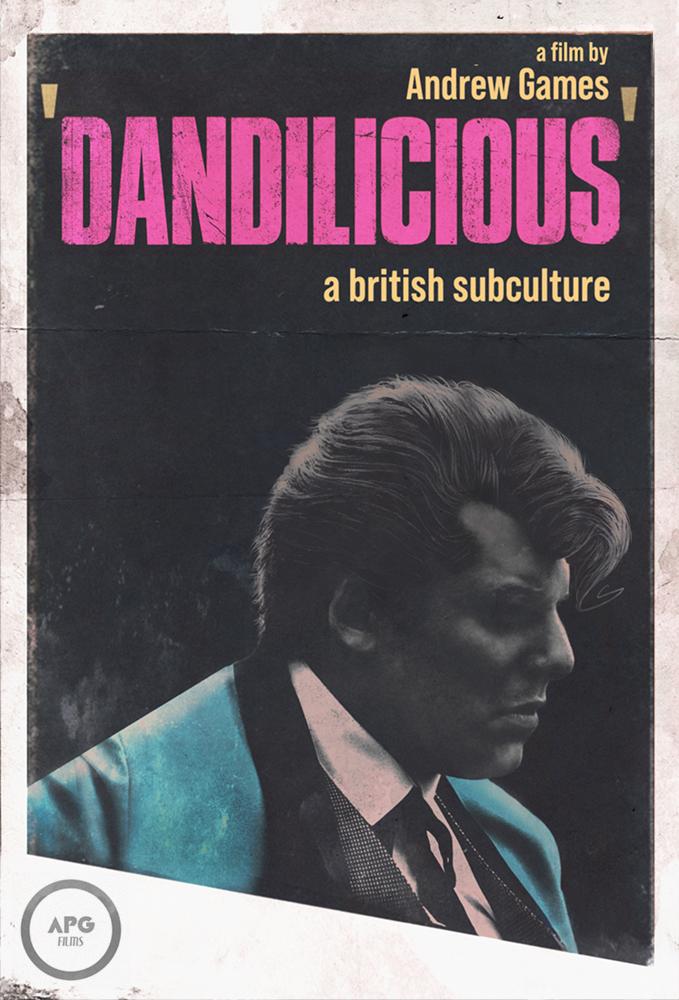
“Putting the original ones on, you think, ‘This has been around since the 1950s,’” Games marvels. “It’s great quality material and it really does help to manifest the character when you have that piece of history attached to you.”
Another piece of the past is the classic car that Marty swanks around in and which is actually the wheels of Andy Halligan from Teddy Boy rock’n’roll trio Furious.
“I would have been happy with any car from that era,” says Games. “But Andy said, ‘I’ve got a car you can use.’ He didn’t say what it was, so we went around the corner and there was this 1958 Ford Zephyr, which was beyond what I was expecting, because that’s always been seen as the Ted car.
“It’s got so much presence it’s almost a character in its own right,” Games continues. “I was over the moon to have that car.”
You couldn’t have a film about a Teddy Boy without a soundtrack of rock’n’roll and Dandilicious comes with a score from artists including Furious, Cal Ruddy, Dominic Halpin and Krank Williams. Also included are Teddy Boy Boogie and Wildest Cat In Town in which Crazy Cavan And The Rhythm Rockers chronicled the Ted lifestyle during the 1970s rock’n’roll revival.
“Crazy Cavan discovered our film and they were very willing to let us use their music,” says Games. “Cavan was a Teddy Boy in the 50s and one of the minority that kept the Ted movement going through the 60s and pioneered its revival in the 70s, so he was really excited that we have made a film celebrating the subculture that he worked so hard to keep fired up and rockin’.”
For his own part, Games says, “It’s exciting to know that we’ve got what many Teds consider to be the Ted kings of rock’n’roll of the 20th century in Crazy Cavan and also what the Teds consider the Ted kings of rock’n’roll of the 21st century in Furious.”
In a nice period touch, the soundtrack also features The Champ by The Ted Heath Orchestra – a reminder that Britain’s first Teddy Boys preceded the arrival of Elvis and originally listened to big band jazz.
Because of the budget limitations of an independent film, Games admits to some “poetic license” in his recreation of Teddy Boy history, but he nevertheless believes he has created the first film completely dedicated to Britain’s first youth culture.
“You’ve got to find the balance,” he says. “You have to deliver to the Teds who live and breathe this lifestyle, but at the same time you have to make it universal enough for people who don’t know much about it.”
While the Teddy Boy look is well-known, the equally dandified Teddy Girls of the early 50s are almost forgotten but due for a revival thanks to Chloe O’Connor’s groundbreaking role as the baseball bat-wielding Emily in Dandilicious.
“I don’t think you’d like to get on the wrong side of Emily,” says O’Connor. “I think you shouldn’t see her as a Teddy
‘Girl’ – she’s one of the Teds. She isn’t part of a separate subculture.”
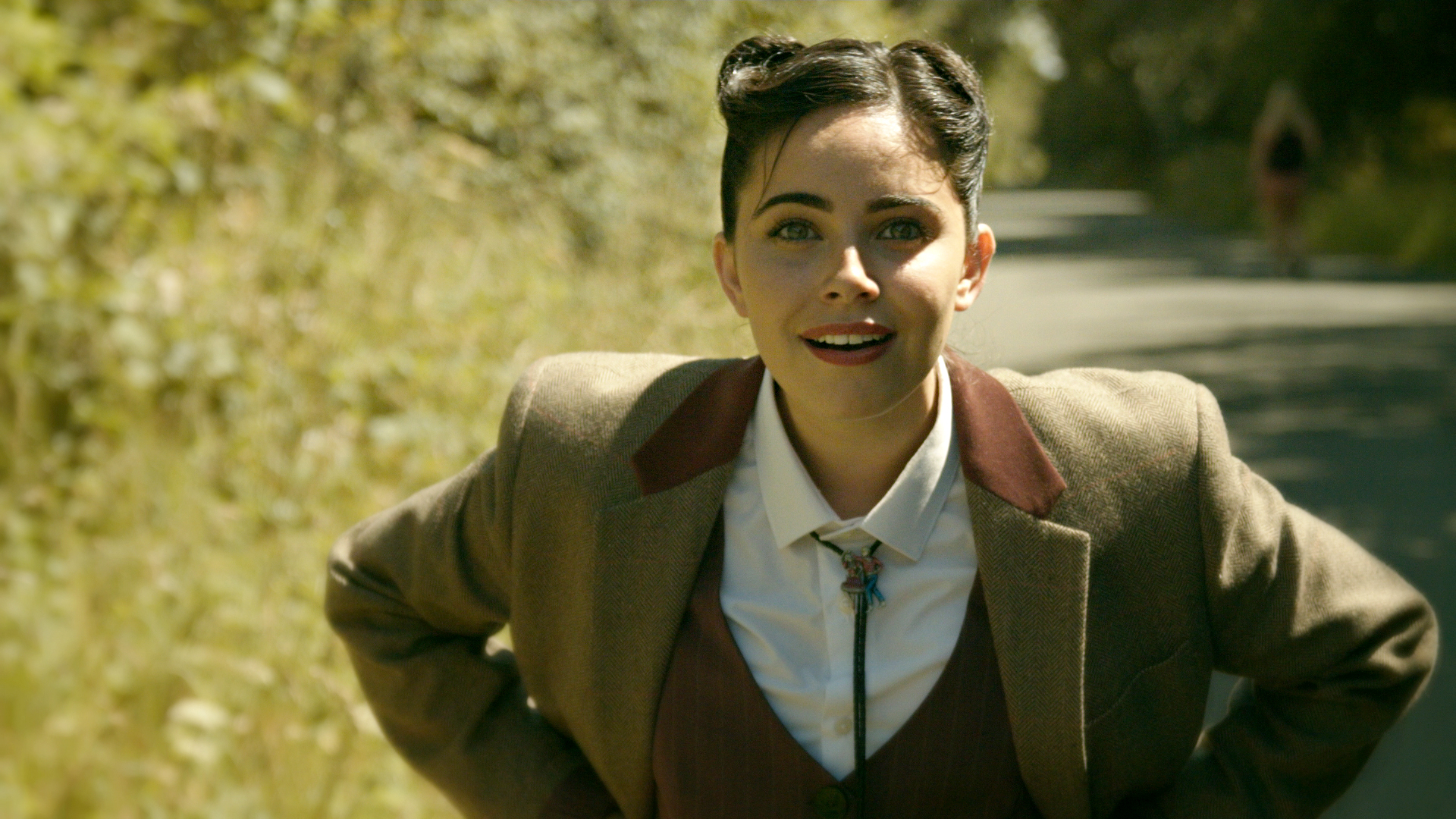
To research the role, Chloe turned to the internet where she discovered a set of iconic pictures of Teddy Girls posed on bomb sites by Ken Russell in 1955.
“The first photo that came up was of a 14-year-old girl who just oozes confidence and attitude. You can tell she knows that she belongs somewhere and that she’s a part of something.
“It was nice to look at that and base my character off somebody who was real.”
Chloe also discovered a family connection to her character.
“My grandad was a Teddy Boy, which I only discovered when I told him about the project, so that gave me some context for the role,” says the actress, who concludes: “I feel privileged to be the first Teddy Girl who’s going to be in cinemas.”
Although Teddy Boys are synonymous with rock’n’roll, the distinctly British youth cult began at least two
years before the first rock’n’roll records were recorded. The dandified look of long jackets trimmed with velvet was a throwback to the Edwardian era (1901-1910) and created by London tailors in the early 1950s as a reaction to the austerity of post-war Britain.
The style was aimed at upper class young men but quickly adopted by gangsters such as the Elephant Boys, named after their ‘manor’, London’s Elephant & Castle.
The style filtered down to working class teenagers and soon became associated with a widespread fear of juvenile delinquency that was sensationalised in the 1953 Joan Collins film, Cosh Boy.
On The Radar: Dylan Kirk & The Killers
The Edwardian style gave rise to the term Teddy Boy, ‘Teddy’ being a contraction of Edward.
The term Teddy Boy first appeared in print in 1953 in a Daily Express article about 16-year-old Ronald Coleman who was jailed for assault but acquitted of the murder of 17-year-old John Beckley.
Teddy Boys matched their Edwardian jackets with stovepipe trousers, flashy waistcoats, Slim Jim ties, and either leather brogues or suede-topped, crepe-soled shoes nicknamed ‘brothel creepers’.
Teddy Girls wore either a man’s-style drape jacket with rolled up jeans or a shorter fitted jacket and pencil skirt, teamed with a straw boater or coolie hat.
Before rock’n’roll, the Teds favoured a slowish dance named after the Ken Mackintosh Orchestra record The Creep, which led to an alternative name for the cult: creepers.
During the 1960s, Teddy Boy fashion largely gave way to the leather jacket look of the motorbike-riding rockers. The Teds enjoyed a major revival in the 1970s, however, when a new generation wore their drapes, socks and shoes in a wide range of bright colours.
Dandilicious is currently screening on the festival circuit

